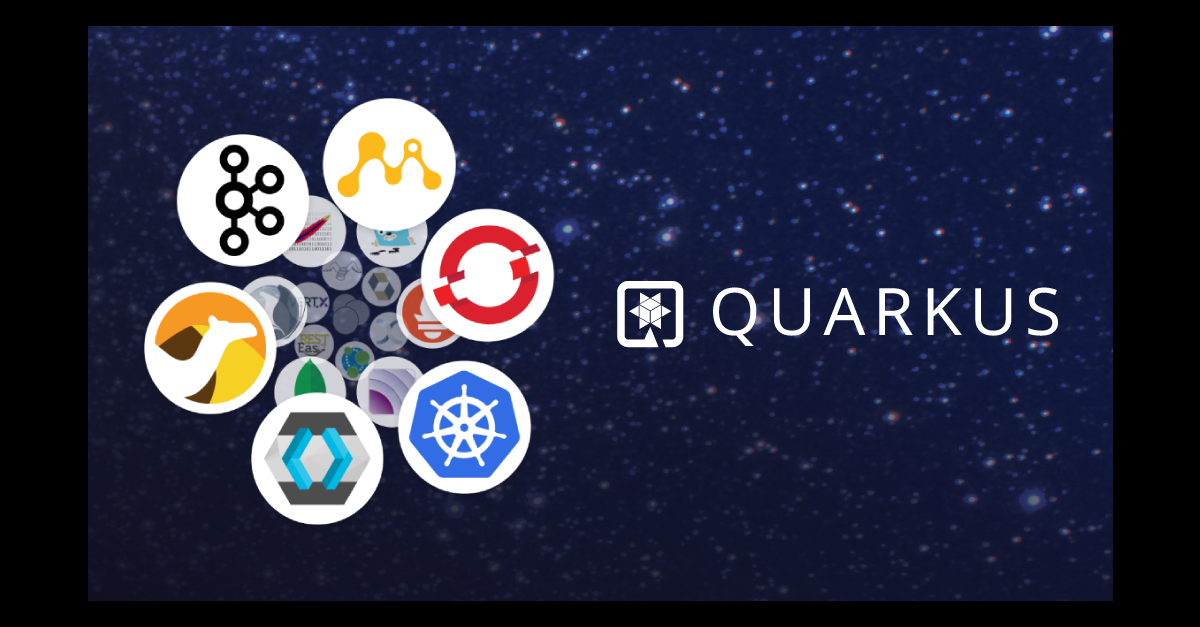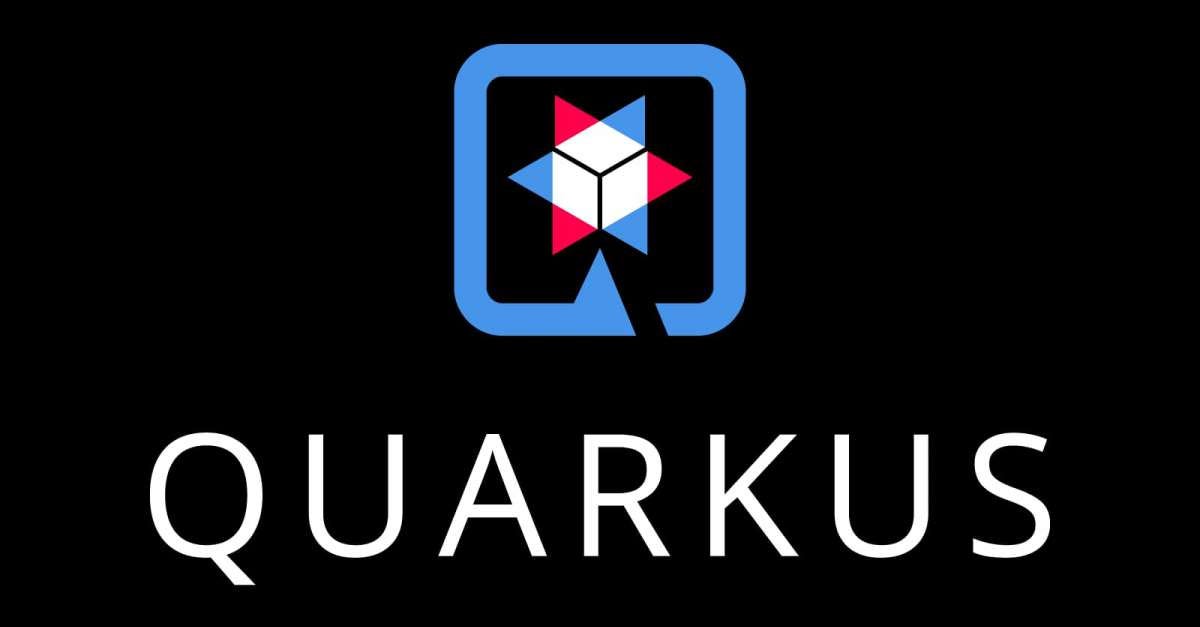What is the Quarkus Java framework?
What is the Quarkus Java framework?

Quarkus is an open-source Java framework that enables developers to build cloud-native applications with a focus on ease of use, scalability, and reliability. It's designed to take advantage of the latest advancements in Java and cloud computing to create applications that can run anywhere, from the edge to the cloud.

At its core, Quarkus is a Java-based framework that utilizes the Java Virtual Machine (JVM) to execute applications. This allows developers to leverage their existing Java skills and tools, while also taking advantage of the benefits of modern cloud-native development.
One of the key features of Quarkus is its ability to integrate with a wide range of cloud services and platforms, including AWS, Azure, Google Cloud Platform, and more. This enables developers to easily build applications that can run on multiple cloud providers or hybrid environments, without requiring extensive rework or rewriting.
Quarkus also includes built-in support for popular frameworks such as Spring Boot, Micronaut, and Vert.x, making it easy for developers to integrate their favorite frameworks with the Quarkus platform. Additionally, Quarkus provides a range of features designed specifically for cloud-native development, including support for HTTP/2 and gRPC protocols, automatic circuit breakers, and built-in caching.
Another significant aspect of Quarkus is its emphasis on developer productivity. The framework includes a range of tools and APIs designed to simplify the development process, including auto-generated RESTful APIs, support for reactive streams, and a command-line interface for managing applications.
In terms of scalability, Quarkus is designed to handle large volumes of traffic and high levels of concurrency. It achieves this through its use of the Java JVM, which provides excellent performance and scalability characteristics. Additionally, Quarkus includes built-in support for clustering and load balancing, making it easy to build scalable applications that can handle high levels of traffic.
Finally, Quarkus is committed to backward compatibility with existing Java codebases, ensuring that developers can easily migrate their existing applications to the Quarkus platform without requiring extensive rework or rewriting. This means that developers can leverage their existing skills and knowledge to build new cloud-native applications that take advantage of the latest advancements in Java and cloud computing.
In summary, Quarkus is a powerful Java framework designed to enable developers to build cloud-native applications with ease and scalability. It provides a range of features and tools specifically for cloud-native development, integrates well with popular frameworks, and emphasizes developer productivity.
Java reflection performance tutorial
Here's a detailed guide on Java Reflection Performance Tutorial:
Introduction:
Java reflection allows you to inspect and manipulate the runtime behavior of your code. This powerful tool enables developers to write more flexible and dynamic code, but it can also introduce performance issues if not used wisely.
Performance Issues with Java Reflection:
When using Java reflection, you may experience a decrease in performance due to the following reasons:
Method Invocation: When invoking methods through reflection, Java has to perform an additional step of method lookup at runtime. This process can slow down your application. Object Creation: Creating objects through reflection can be slower than creating them directly. Property Access: Retrieving property values or setting new ones using reflection can also impact performance.Optimizing Reflection Performance:
To minimize the performance impact of Java reflection, follow these best practices:
Use Method Handlers: Instead of invoking methods directly through reflection, use method handlers to cache and reuse the lookup process. This approach reduces the number of times you need to perform a costly method lookup at runtime. Precompute Objects: Precompute objects that you need to create using reflection ahead of time. This approach eliminates the overhead of object creation at runtime. Cache Property Values: If you frequently access property values or set new ones, consider caching them in a map for faster lookups. Avoid recalculating or reaccessing these properties repeatedly. Minimize Reflection Usage: Use reflection only where necessary and minimize its usage. Profile your application to identify areas where reflection can be optimized or removed altogether.Example: Using Method Handlers with Java Reflection
Here's an example demonstrating the use of method handlers to improve performance when invoking methods through reflection:
import java.lang.reflect.Method;public class ReflectiveMethodHandler {
public static void main(String[] args) throws Exception {
// Get a reference to the desired method
Method method = MyClass.class.getMethod("myMethod", String.class);
// Create a method handler
MyMethodHandler handler = new MyMethodHandler();
// Set the method handler on the method
method.setAccessible(true);
method.setAccessible(false);
// Test the performance of invoking the method through reflection
for (int i = 0; i < 10000; i++) {
handler.invokeMethod(method, "someArgument");
}
}
static class MyMethodHandler implements InvocationHandler {
@Override
public Object invoke(Object proxy, Method method, Object[] args) throws Throwable {
// Handle the method invocation
// ...
return null;
}
}
}
Conclusion:
By understanding the performance implications of Java reflection and applying optimization techniques such as using method handlers, precomputing objects, caching property values, and minimizing reflection usage, you can write more efficient and effective code. In this tutorial, we've seen how to leverage method handlers to improve the performance of invoking methods through reflection.





























